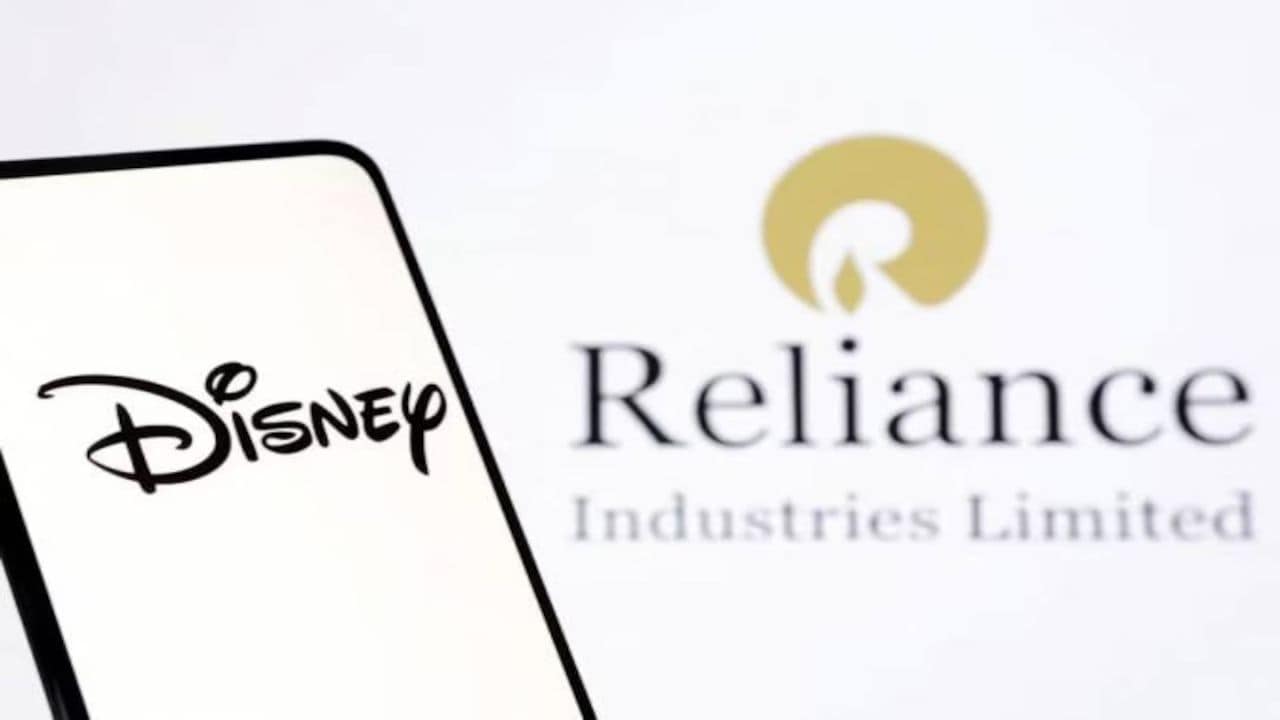The entertainment industry in India is in for a major shake up. The blockbuster merger between Reliance and Disney’s Indian media assets is not only set to transform the content library for the audience but also create a powerhouse for advertisers to park their ad dollars with assured return on investments.
“We believe the merger of Viacom18 and Star India will have a big impact on the entire M&E ecosystem as the combined entity will command a huge market share. The merger will create a large media juggernaut with 108+ channels (Star India has 70+ TV channels in 8 languages whereas Viacom has 38 TV channels in 8 languages), two large OTT apps (Jio Cinema and Hotstar) and two film studios (one each of Reliance and Disney India),” said Karan Taurani, senior vice president at Elara Capital.
The combined strength of TV and digital for these premium cricket IPs is naturally expected to do wonders when it comes to AdEx boost for the company.
“Once a platform has a property like IPL, they have massive bargaining powers. In spite of being sold at a premium, IPL inventory being split in TV and digital had been a small roadblock. JioCinema has shown the world what they can achieve with free streaming. That and TV put together will be a massive force. Advertisers will not be able to say no to it,” said a media planner on conditions of anonymity.
On the sports front, the merged entity is set to become monopolistic, with Disney and Jio collectively controlling approximately 75-80 percent of the Indian sports market across both linear TV and digital platforms. This dominance in sports, primarily cricket, positions them to command a substantial share of the overall ad market, showcasing strong growth in an industry where sports is a key driver of viewership on both linear TV and digital platforms. In CY22, sports adex (TV+Digital) in India stood at Rs71 billion (according to GroupM) out of which Disney India had a contribution of 80 percent. The combined entity will have lucrative sports properties like Indian Premier League (both TV and digital), ICC cricket tournaments (both TV and digital), Wimbledon, Pro Kabaddi League, BCCI domestic cricket etc.
However, the strength of the companies would not be restricted to cricket only. Disney’s operations in India include their OTT platform Disney+ Hotstar and their linear TV offerings which has a bouquet of 70 plus channels available in eight languages. On the other hand, Reliance’s Viacom18 houses over 38 TV channels across eight languages alongside their streaming platform JioCinema.
Facing challenges, Disney+ Hotstar not only lost the digital rights to the Indian Premier League (IPL), but also saw a portion of its audience migrate to JioCinema due to the shift of all HBO content. Popular shows like Game of Thrones and Succession were no longer available on the platform, impacting a loyal viewership. However, the new deal between Reliance and Disney aims to rectify these issues and potentially bring back lost content and audiences under a unified platform.
“The significance of the deal between Reliance and Disney is not hidden from the public at large. Keeping in mind the failure of Zee-Sony deal, this deal would indeed have a significant impact on the media and entertainment industry,” a media lawyer had shared with Storyboard18.
Post the merger, the combined entity will command a TV, advertisement, TV subscription (excluding distributors/DTH/MSO revenue) and Total TV market share of 40 percent, 44 percent and 42 percent respectively.
“The merged entity is expected to command a digital OTT market share of 34 percent in CY23, while the TV viewership share in top 10 channels (according to BARC) is 40 percent as of CY23,” said Taurani.
According to Elara’s analysis, the merger may result in improved profitability for the combined entity as there may be a reduction in employee cost, production cost and marketing costs on the TV side and content costs, particularly on the OTT side, which could contribute to a more sustainable path to profitability over the medium to long term.
Read More:Reliance Industries and Disney JV to create media behemoth: 10 big takeaways
